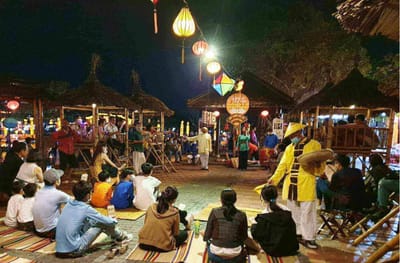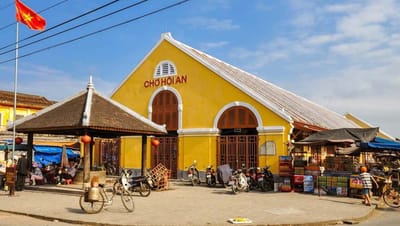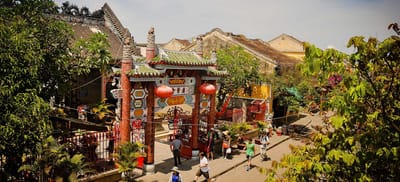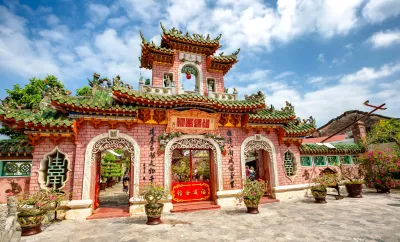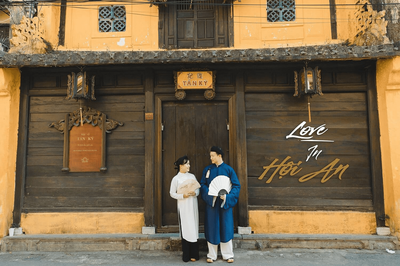Hoi An Museums Guide: Trade Ceramics, Folk Culture & History
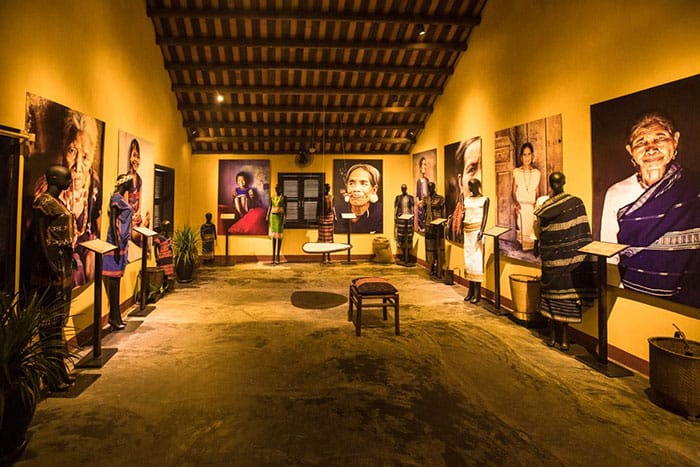
Executive Summary
Museum Must-Sees: Hoi An’s museums illuminate its maritime trade, indigenous cultures, and local history. The Trade Ceramics Museum showcases Chinese and Vietnamese wares; the Museum of Folk Culture preserves traditional crafts; the Sa Huỳnh Museum displays Iron Age artifacts; and the Museum of Sa Huỳnh Culture highlights Cham influences. Each requires one heritage coupon. Allocate 30–45 minutes per museum for in-depth understanding of Hoi An’s layered heritage.
1. Ticketing & Hours
- Heritage Coupon: 1 of 5 coupons (120,000 VND ticket valid across all museums)
- Hours: Most museums open 8:00 AM–5:00 PM daily
- Location Tips: Museums cluster within the heritage core—plan walking route via Walking Tour.
2. Trade Ceramics Museum
Highlights
- Collections: 15th–19th century Chinese, Vietnamese, Japanese ceramics recovered from shipwrecks
- Exhibits: Porcelain plates, jars, bowls illustrating maritime trade routes
- Interactive Display: Touchscreen maps tracing shipwreck locations
textKEY POINT: Don’t miss the “Blue and White” Ming dynasty plates—exquisite cobalt patterns reflecting early sea trade connections.
3. Museum of Folk Culture
Focus
- Artifacts: Traditional costumes, household tools, agricultural implements
- Craft Demonstrations: Live lantern making, silk weaving videos on loop
- Community Stories: Oral histories of Hoi An families documented via audio stations
4. Sa Huỳnh Museum
Overview
- Iron Age Excavations: Jewelry, pottery, and burial artifacts from 2,000 years ago
- Interpretive Panels: Explaining indigenous Sa Huỳnh culture’s link to Cham civilization
5. Cham Sculpture Museum
Cham Heritage
- Stone Carvings: Statues and reliefs from Mỹ Sơn Sanctuary
- Architectural Models: Reproductions of Cham temples and towers
- Cultural Context: Panels discuss Cham maritime trade ties to Hoi An
![Alt text: Display case at Hoi An Trade Ceramics Museum showing blue-and-white porcelain shards and complete bowls with interpretive labels]
6. Visitor Tips & Itinerary
| Museum | Location | Recommended Time |
|---|---|---|
| Trade Ceramics Museum | Tran Phu Street | 30–45 minutes |
| Museum of Folk Culture | Nguyen Thai Hoc Street | 30 minutes |
| Sa Huỳnh Museum | Phan Boi Chau Street | 30 minutes |
| Cham Sculpture Museum | Le Loi Street | 30–45 minutes |
- Morning Block: Trade Ceramics → Folk Culture
- Afternoon Block: Sa Huỳnh → Cham Sculpture
- Combine with: Tan Ky Ancient House and Fujian Hall visits on same route
Conclusion
Hoi An’s museums transform architectural exploration into contextual understanding—linking artifacts and stories to the ancient town’s physical fabric. Use your heritage ticket wisely to traverse these intimate exhibitions, enriching your Pillar 2 journey through Hoi An’s tangible and intangible heritage.
[Link to: Top 15 Attractions for combined site visits]
[Link to: First-Time Visitor Essentials for ticket and planning details]
No spam, no sharing to third party. Only you and me.

